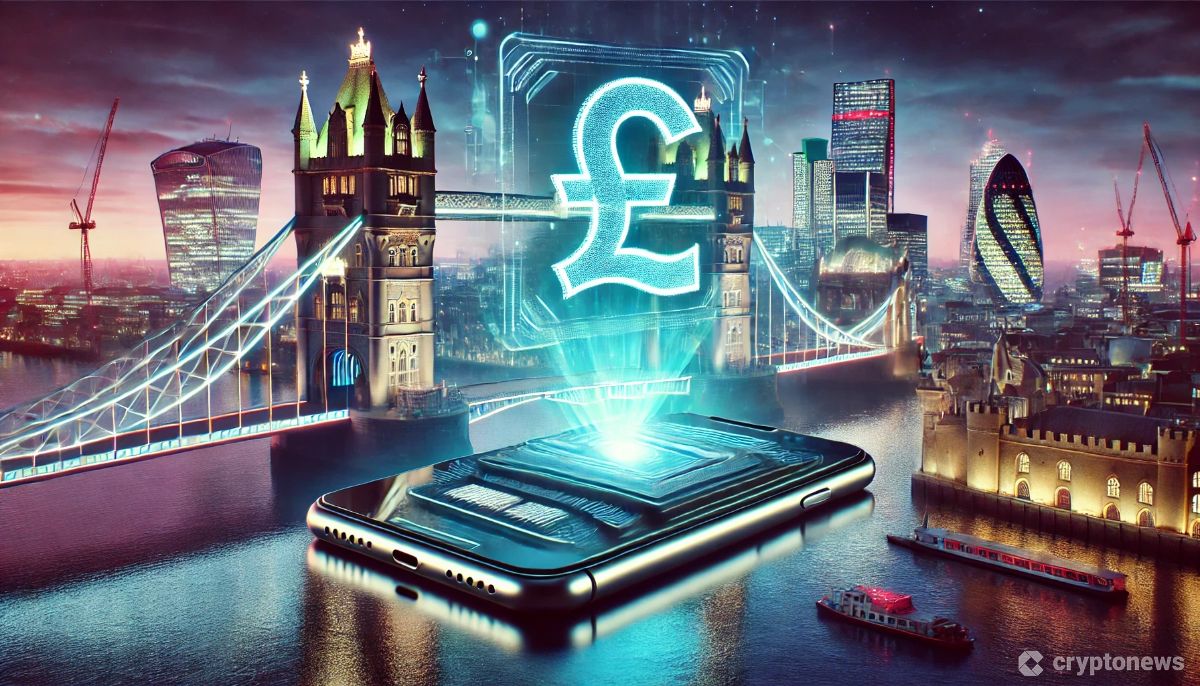Last updated:
 Why Trust Cryptonews
Why Trust Cryptonews

Barclays is exploring the design and use cases of a digital pound, aiming for seamless integration with commercial bank money.
In a recent paper, the bank explored communication and interoperability to ensure consistency between the two money forms.
It outlined a focus on three key use cases: person-to-person push payments, merchant-initiated payment requests and securing funds for payment upon delivery. These show how a digital pound can operate alongside traditional money while ensuring consistency and preventing fragmentation.
Moreover, the paper suggests that a financial market infrastructure (FMI) could provide essential services. This would streamline management for both the Bank of England and digital pound providers.
Barclays Explores Functional Consistency and Merchant Integration for Digital GBP Payments
The paper also discussed “functional consistency.” It focuses on ensuring digital pounds and commercial bank money work similarly in daily transactions. This consistency is crucial to avoid fragmentation in the payments market. Without it, different forms of money could operate under separate rules, causing confusion and inefficiency.
The bank is also exploring how merchants can integrate payments into the digital pound system. It is examining how to secure funds for delivery-based transactions, increasing trust in both online and offline payments. This approach would add blockchain-like security to everyday transactions. It would also strengthen the system against fraud and transaction failures.
UK’s Digital Pound Decision Hinges on Design Phase Insights
The paper also examined the wider impact on the UK’s financial system, suggesting that a well-designed digital pound could drive innovation in payment. It’s expected to integrate with existing systems like the UK’s Faster Payments Service, ensuring a seamless connection with current financial infrastructure.
The Bank of England and HM Treasury are working on designing and exploring a UK Central Bank Digital Currency (CBDC), including real-world tests to assess its practical use.
The decision to move forward with a digital currency will depend on insights from the design phase and the development of payment systems in the UK and globally. Should it receive approval, the design phase for the digital pound is projected to continue through to 2025-26, according to UK Parliament projections.





